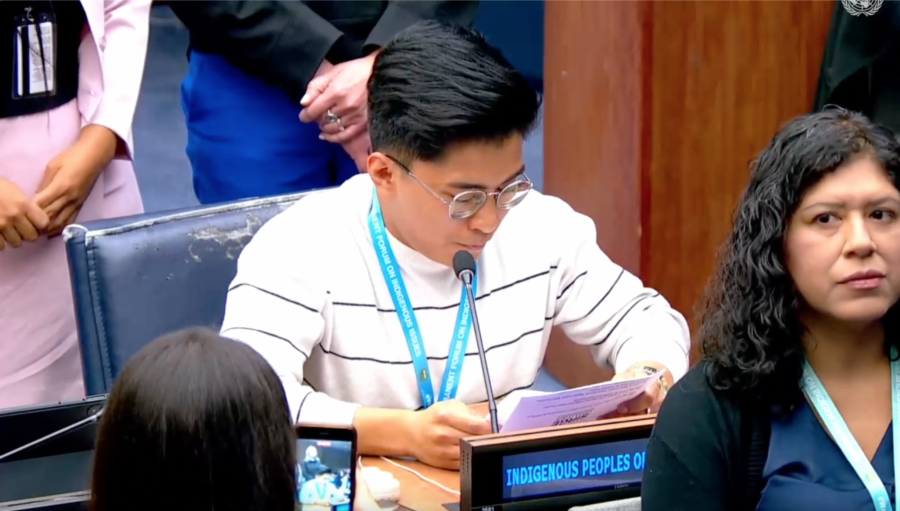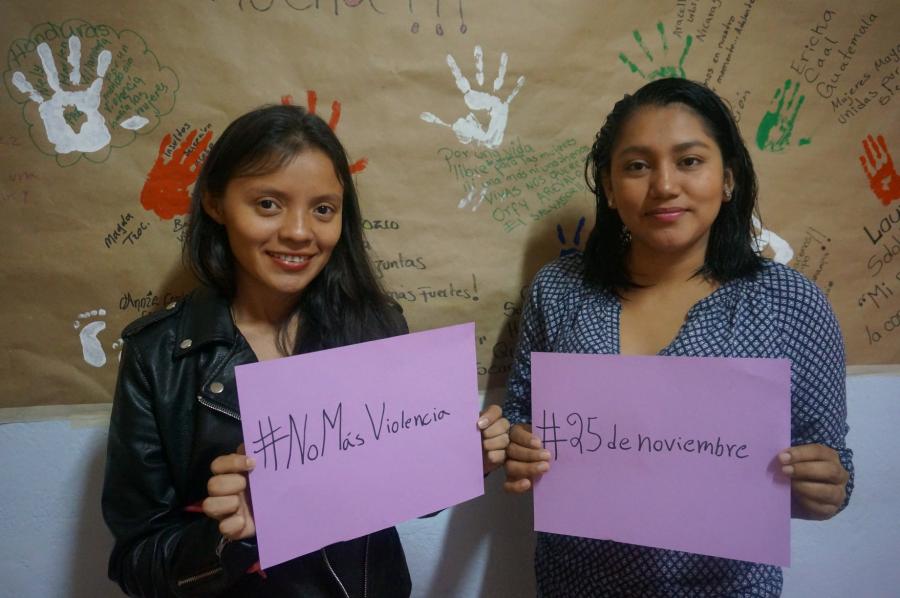The Internet, the network of networks that was originally created to link weapons research labs in the 1970s, has spread to more than 170 countries. The growth of users and connections, as well as new products and services continues to expand at an explosive rate. However, Internet coverage is uneven. Some places, like Silicon Valley in California, are very well connected while many areas in industrialized and non-industrialized countries are in the early stages of network development.
The Internet is used for three basic operations: to communicate with other people, to gain access to powerful computing resources, and to publish or access libraries of information in the form of numerical data, text, images, and sound. The myriad of applications are variations on these themes. Some indigenous groups are using the Internet to publish historical, tourist, and commercial information for their own people and for outsiders. They use it for communicating in their own and other languages, and between tribal members, members of other indigenous groups, and members of the general public. One of the strongest reasons for having a presence on the Internet is to provide information from a viewpoint that may not have found a voice in the mainstream media. You will find a growing number of websites maintained by people from various cultures who are trying to do exactly this, while other sites are clearinghouses for this sort of information.
My own interest in the spread of the Internet comes from my work when I was at Apple Computer running the grant program, Apple Library of Tomorrow. This program provided computers and software for a variety of library projects in the U.S. and Canada, including several projects with American Indian tribes: a Zuni-English multimedia dictionary, a Reservation Area Network with the Zuni, a CD-ROM of Pomo artifacts and oral histories in northern California, and the ongoing Hawaiian language preservation project in the P##nana Leo schools in Hawaii (described by Keola Donaghy in this issue).
People have many views about the impact of new technologies on traditional cultures and the Internet is no different. I would like to start by sharing two opposing views about computers and the Internet. First, by Jerry Mander of the Public Media Center and the Foundation for Deep Ecology in San Francisco. This is from his essay "Technologies of Globalization" in The Case Against the Global Economy:
"Computers may help individuals feel powerful or competent, and surely they are useful in many ways. But they do nothing to alter the rapid global centralization of power that is now underway; quite the opposite. In fact, it is my opinion that computer technology may be the single most important instrument ever invented for the acceleration of centralized power...The new telecommunications technologies assist the corporate, centralized, industrialized enterprise (the `right'?) far more efficiently than the decentralized, local, community-based interests (the `left'?), which suffer a net loss."
By contrast, Ann Beeson of the American Civil Liberties Union states that:
"The most important civil liberties issue facing us today is getting citizens of all races, classes, and creeds connected to the Internet. Our fight for free speech and privacy rights will remain a hollow victory if cyberspace is just a bunch of white folks."
Between these two extreme views -- that the Internet only benefits transnational corporations, and that it is the most important civil rights issue facing us -- a relatively small number of tribes, first nations, and diaspora groups are making use of the Internet in a variety of ways. This issue of the Cultural Survival Quarterly includes a sampling of projects from the Pacific, Latin America, North America, Southeast Asia, Scandinavia, and the Assyrian community which has spread from Iraq, Syria, and Turkey to Europe, Australia, and North America. While the articles are generally pro-Internet, they represent a range of views.
There are many people who do not know about the Internet and there are some groups that are aware of it but do not see it as relevant to their most pressing problems. At the 1997 conference, Global Knowledge '7, sponsored by the World Bank and various development agencies, there was a strong push for Internet technologies. At the same time, there was a continued interest in older media: print, radio, and television. Some participants felt the emphasis on the Internet was misplaced as one Indian said to me, "Our village does not have running water. Why should we have running data?"
Many indigenous peoples and minority groups formally reject the Internet. The Old Order Amish in Pennsylvania have held their culture intact over several centuries through a variety of methods. Their strategies involve fairly rigid views about biblical doctrine, education, farming, and attitudes about technology. Even though many Amish live in one of the fastest growing counties in Pennsylvania, a short drive from Philadelphia, they have thrived. Their growth, however, is causing divisions within their ranks. I found that these divisions have come from disputes over technology, not biblical doctrine. What is significant is that they have a means for reacting to technologies that affect their community and this has served them through the changes a century ago when electricity, the telephone, and the automobile became popular. They do not allow the use of the phone in the house, but there is a communal phone, sometimes at a crossroads, out in the field, or perhaps in the barn. The computer was formally banned in 1986 by a meeting of the bishops, however, the pocket calculator is acceptable. Nevertheless, a few Amish do use computers and even cellular phones.
In June 1997, I interviewed an Amish farmer near Millersburg, Ohio, who was curious about the Internet, but had never used it. He was well-read, made use of the communal telephone 200 yards down the road, and used a credit card for mail order, but he had not tried the Internet which is available for public access in the local country library. The Mennonite Information Center in Lancaster, Pennsylvania has an `Ask the Amish' web page where volunteers answer questions sent in over the Internet. It is not officially sanctioned, but the Amish are aware of it because the web-master lives with an Amish family.
In some communities the Internet is rejected by the leaders, but not the people (I have kept this example a bit vague because the person involved requested anonymity). A young college graduate from a New Mexico pueblo returned home from his studies in anthropology and multimedia technology. He became the tribal administrator, a position appointed by the tribal council. Other groups in the community had already introduced the Internet in the library, the schools, and the tourist office. However, when my friend tried to bring it into the tribal government, it was rejected. More to the point, he was rejected. When I last saw him in 1996, he said, "Steve, I guess you could say I'm outstanding in my field, because all I'm doing now is raising corn and peppers." In his case, the Internet was seen as an attempt by him to have more influence within the tribe than the council would tolerate.
Many groups just do not have the resources, access, or time to weigh all the issues I have discussed here and frequently they will act or react as best they can. Perhaps these articles can be a starting point for discussions taking place in other communities as they ponder their future which will embrace, ignore, or try to accommodate the changes being wrought by digital networks. How they are prioritized to meet other needs within the group is worth exploring in the future. The Internet may not be for everyone or for every group, but even those without it will be affected by it, or by the lack of access to it in some form. An excellent in-depth look on the effect of global networking may be found in Manuel Castells' The Rise of the Network Society. Castells argues that this revolution is "...developing in concentric waves, starting from the higher levels of education and wealth, and probably unable to reach large segments of the uneducated masses and poor countries." As evidenced by the articles in this issue, I am somewhat more optimistic given the talents of the people involved in both helping their own culture survive and in harnessing the power of information and communications technology.
Article copyright Cultural Survival, Inc.



